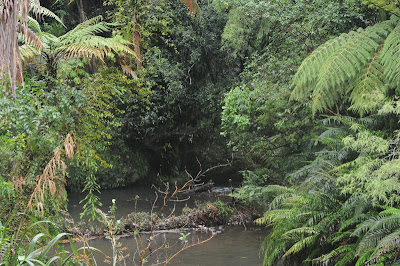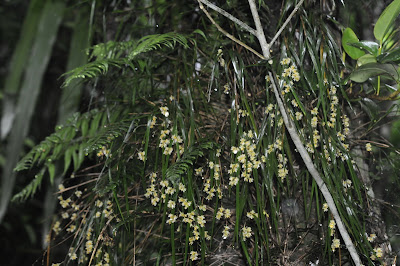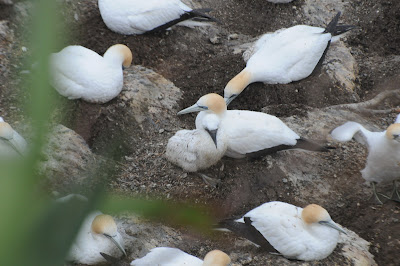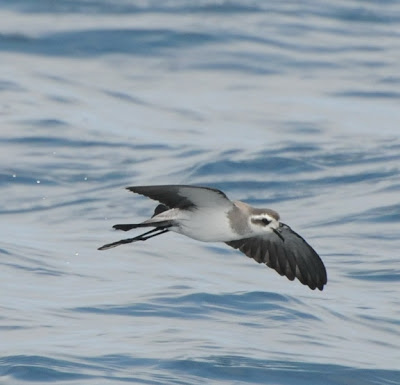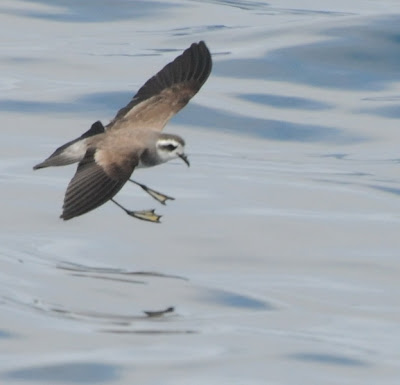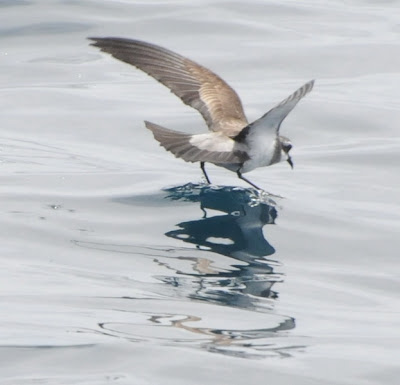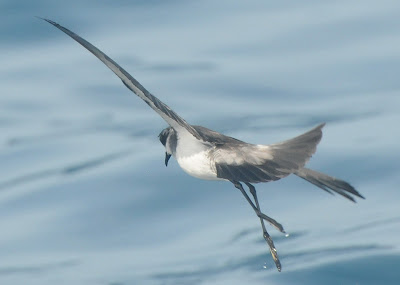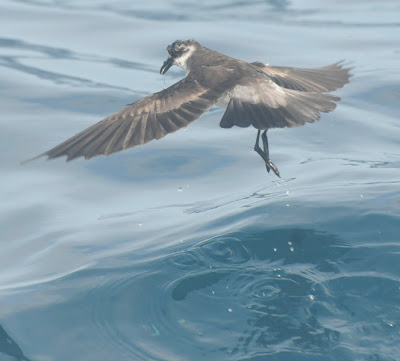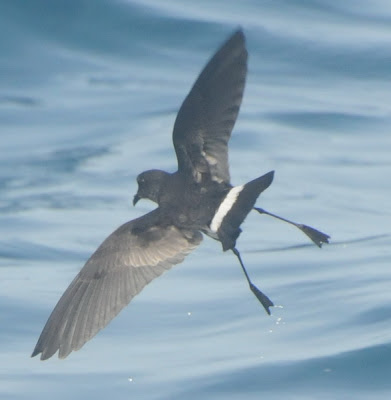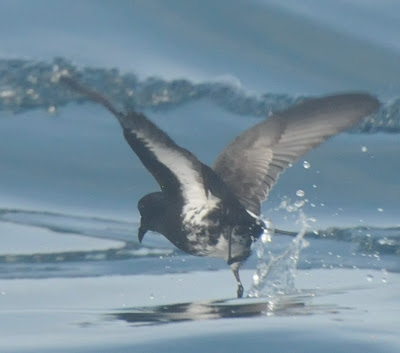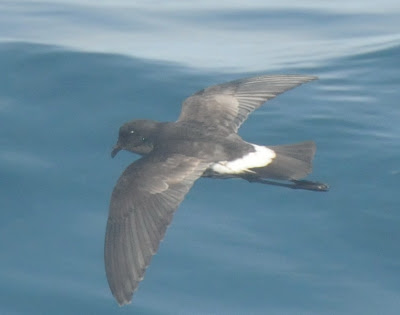I have tried not to make this a personal blog; but I have to interrupt the tales of my travels to say a word about the man who, in many ways, made them possible.
My father, Charles Orenstein, passed away on Thursday, October 18, 2012, two weeks short of his 96th birthday. Dad worked himself up from poverty, and dedicated his life - up until the very end, he was still going to work at his office - to ensuring that his family never wanted for anything. Without that dedication I would never have been able to devote my life to wildlife conservation, or to travel the world to see so much of its wildlife for myself. I would never have met my dear wife Eileen, because I would never have been at the 2006 Convention on Biological Diversity Meeting in Curitiba, Brazil, where she represented the Government of Malaysia. I would never have done - well, many things.
Dad was a wonderful and remarkable man, literally loved by everyone he came across. He and my mother had the ideal marriage - intense, close, and without an argument or harsh word for almost 67 years.
I wrote this for his obituary notice in the Toronto papers; perhaps it will convey some of what Dad was, and of how much I love and miss him:
ORENSTEIN, Charles (“Chuck”) – passed away on October 18, 2012 at Toronto General Hospital, two weeks short of his 96th birthday. An insupportable loss to his deeply beloved wife of 67 years, Mary; to his children Ronald and Eve; to his daughter-in-law Eileen and son-in-law Clyde; to his grandchildren Mark, Reesa, Randall, Jennifer, Adrienne, Fiona, Bryan and Davin; to his great-grandchildren Leila, Ryan and Royce; to his surviving brothers Samuel, Benson and Bernard; and to the many relatives and friends he helped and encouraged through his long, successful and exemplary life. There never was a finer man, a kinder and more loving husband, or a better or more supportive father. After leaving school early to support his beloved mother and serving as a navigator in the Royal Canadian Air Force in WWII, he went on to a long and distinguished business career. With his brothers, he founded Seaway Hotels, Consolidated Hotel Management and the Orenstein Capital Group. He became the first Jewish President of the Kingston Chamber of Commerce. In 1945 he met his future wife Mary Monnes, and proposed to her the next day. After a brief courtship, he and Mary went on to one of the longest, happiest and most serene of marriages. Throughout his life, his brilliance and his intense capacity for hard work were directed at only one aim: providing the best life possible for his wife, his children and his grandchildren. He pursued that goal, successfully, up to the last few days of his life, working at his office long after most men would have gone on to a well-earned retirement. He touched the lives of many, and he led a life of dedication, strength and love. His family, and the many people that loved him for his sparkle, his goodness, his humour, his open-hearted friendship, and his generosity, will never forget him. May we live by his example.
My father, Charles Orenstein, passed away on Thursday, October 18, 2012, two weeks short of his 96th birthday. Dad worked himself up from poverty, and dedicated his life - up until the very end, he was still going to work at his office - to ensuring that his family never wanted for anything. Without that dedication I would never have been able to devote my life to wildlife conservation, or to travel the world to see so much of its wildlife for myself. I would never have met my dear wife Eileen, because I would never have been at the 2006 Convention on Biological Diversity Meeting in Curitiba, Brazil, where she represented the Government of Malaysia. I would never have done - well, many things.
Dad was a wonderful and remarkable man, literally loved by everyone he came across. He and my mother had the ideal marriage - intense, close, and without an argument or harsh word for almost 67 years.
I wrote this for his obituary notice in the Toronto papers; perhaps it will convey some of what Dad was, and of how much I love and miss him:
ORENSTEIN, Charles (“Chuck”) – passed away on October 18, 2012 at Toronto General Hospital, two weeks short of his 96th birthday. An insupportable loss to his deeply beloved wife of 67 years, Mary; to his children Ronald and Eve; to his daughter-in-law Eileen and son-in-law Clyde; to his grandchildren Mark, Reesa, Randall, Jennifer, Adrienne, Fiona, Bryan and Davin; to his great-grandchildren Leila, Ryan and Royce; to his surviving brothers Samuel, Benson and Bernard; and to the many relatives and friends he helped and encouraged through his long, successful and exemplary life. There never was a finer man, a kinder and more loving husband, or a better or more supportive father. After leaving school early to support his beloved mother and serving as a navigator in the Royal Canadian Air Force in WWII, he went on to a long and distinguished business career. With his brothers, he founded Seaway Hotels, Consolidated Hotel Management and the Orenstein Capital Group. He became the first Jewish President of the Kingston Chamber of Commerce. In 1945 he met his future wife Mary Monnes, and proposed to her the next day. After a brief courtship, he and Mary went on to one of the longest, happiest and most serene of marriages. Throughout his life, his brilliance and his intense capacity for hard work were directed at only one aim: providing the best life possible for his wife, his children and his grandchildren. He pursued that goal, successfully, up to the last few days of his life, working at his office long after most men would have gone on to a well-earned retirement. He touched the lives of many, and he led a life of dedication, strength and love. His family, and the many people that loved him for his sparkle, his goodness, his humour, his open-hearted friendship, and his generosity, will never forget him. May we live by his example.


